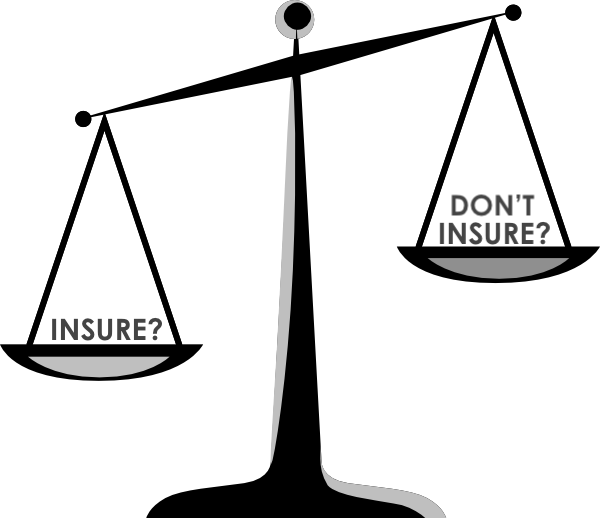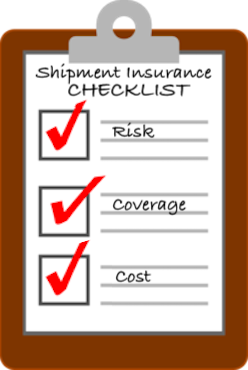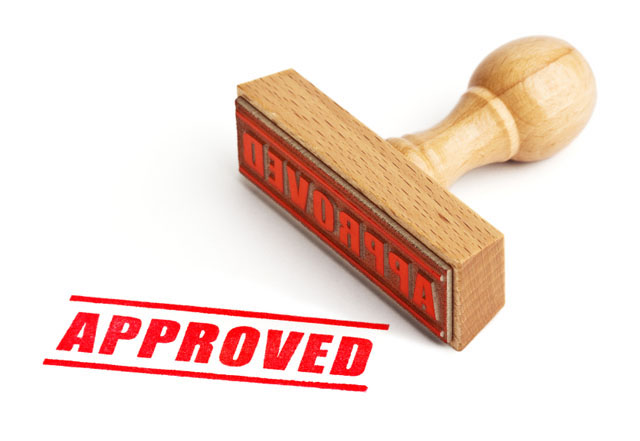As a online seller, you face a dilemma with every sold item you ship: To insure, or not to insure? That is the question…so here are some words of wisdom to guide you in figuring out the right answer.
You’re Playing Package Roulette
Insurance is essentially the corporate version of gambling. You’re betting that your shipment will be damaged or lost in transit, while the insurance company bets that it won’t. Just as in Vegas, the odds favor the house, but you come out the winner when insurance covers your loss.
Here’s the deal: Of the 3 billion packages shipped each year via USPS, FedEx, and UPS, as many as 90 million may end up damaged or lost. Chances are, some of your packages are going to be among them.
Evening the Odds
There are basically 2 considerations when deciding whether or not to insure your shipment:
- The nature of the item
- Its destination
These factors let you assess the likelihood of the item being damaged, lost, or stolen. Some items — including cellphones, computer monitors, LCDs, and neon lighting — are so breakable, and so rarely packed appropriately, that the major carriers won’t cover them at all and third-party insurers will do so only under certain conditions, such as requiring signature confirmation.
So fragility, i.e. susceptibility to damage, is the first reason to choose insurance. The second reason is value. How much is the item worth? ShipSaver’s Auto-Insure can be set to automatically insure every item that sells for a certain dollar amount or more (you choose the amount).
Don’t insure items for more than their current retail value, or any claim is likely to be denied. The other criterion for an item’s worth is what it would cost to replace it. For ecommerce items, however, it’s usually the sale price that determines an item’s value.
Items more likely to be stolen are usually those that can easily be resold or pawned; those with higher-end brand names; and those in small, easily grabbed and concealed packages.
Next, think about where your item is going. For domestic packages, shipping to New York City may be riskier than shipping to suburban New Jersey. There’s always more risk when shipping something overseas, but it’s a lot higher for, say, Italy than for the UK or Australia.
You’ll have to go to a third-party provider (such as ShipSaver) for coverage on anything sent by USPS First Class International, because USPS won’t insure that mail class.
By the Numbers
As with any business decision, you’ve also got to figure out if insurance is cost effective. There’s a handy formula you can use to help you determine whether or not you should insure your items. It looks like this:

In short, if the average cost to insure an item is less than what you spend replacing damaged, lost, or stolen items, then you should use insurance to mitigate your risk.
Bear in mind that it’s much cheaper to buy from third-party insurers such as ShipSaver than through USPS, FedEx, or UPS. And with ShipSaver, your insurance can even cover the cost of your shipping and handling.
In addition, ShipSaver and other third-party providers offer cargo insurance, not declared value coverage. The crucial difference between the two is that with declared value coverage, you have to prove that the damage, loss, or theft was due to negligence on the carrier’s part. Good luck with that!
With cargo insurance, assuming your item was packed reasonably well, you’re covered no matter who is at fault. You can ship with total peace of mind, and that’s priceless.


 ShipSaver
ShipSaver April 18, 2019
April 18, 2019 
